Many lumbar muscles (posterior lumbar dorsal fascia, sacrospinous muscle, multifidus muscle and anterior quadratus lumborum, transverse process spinous muscle, etc.) are attached to the transverse process of the lumbar spine. Relaxed, the weight of the upper body is all borne by the psoas muscle, and the part where the transverse process muscle is attached continues to bear excessive pulling tension, which will cause lumbar muscle strain over time, causing inflammatory exudation, congestion, and swelling of local tissues, followed by Aseptic inflammatory reactions such as synovium and fibrous tissue, aseptic inflammatory reactions can stimulate adjacent gluteal epithelial nerve fibers, causing pain and radiating pain. In addition to prolonged sitting, excessive weight-bearing on the waist for a long time (such as those engaged in heavy manual labor) or local muscle, ligament and other tissue damage after acute waist sprain, if not treated in time or improperly treated, the injury fails to recover, and the chronic injury can also be delayed. Lumbar muscle strain.
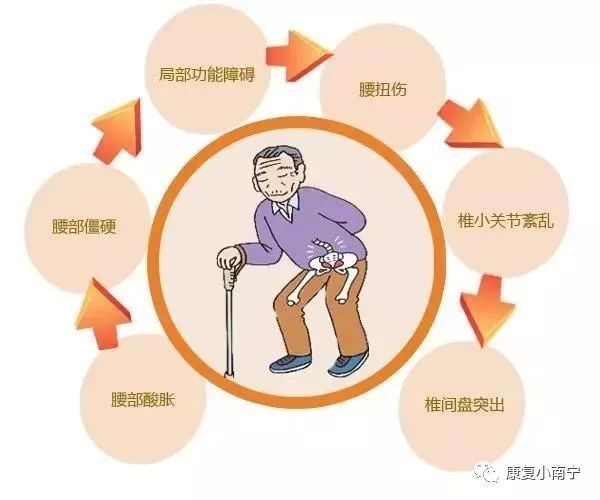
Characteristics of lumbar muscle strain
Long course of disease, no obvious trauma history, mostly occurred in long-term Bend over, chronic accumulated trauma, or repeated attacks after acute sprain treatment, which will not heal for a long time; pain symptoms vary from mild to severe, and in severe cases, walking with crutches is required. Symptoms are relieved. However, the symptoms are exacerbated by fatigue, rainy weather, and wind-cold stimulation; the pain range is wide, the most obvious on both sides of the midline of the waist; the pain generally does not radiate to the lower limbs, especially not beyond the knee joint.
For the treatment of lumbar muscle strain, many people choose to do some massage and physical therapy to relax the muscles, but they often find that the pain is relieved after the treatment, but after a few days or a week, the pain returns. back again;
Why? Because these treatments only relax the overcompensated motor muscles, on the one hand, they do not change their own movement patterns and living habits, and on the other hand, they do not strengthen the training of the stabilizer muscles. The lumbar spine and motor muscles continue to be overcompensated, and eventually the same will appear. pain.
So the first thing is to correct living habits and some bad posture. For example, the following:
Example
Cannot sit for a long time: Sitting for a long time will cause the recurrence of lumbar muscle strain. So don’t let the muscles stay in one position for a long time, you should get up and walk every half hour; relax often: the muscles are elastic, just like pulling a rubber band, they are always in a stretched state, and their elasticity will naturally become worse. Therefore, massage and muscle loosening are very helpful for relieving lumbar muscle strain; proper exertion: incorrect posture or excessive force may cause a violent injury. For example, do not bend over when lifting heavy objects. To move things, you can do it by squatting your knees. Don’t suddenly exert force when you turn around; keep a good habit: don’t let the air-conditioning fan blow all the time in summer, it will make the waist cold and aggravate the strain.
When the psoas is in pain, drug, manipulation and appropriate physical therapy intervention should be performed first:
(Reminder: Medication intervention should be considered only when the pain is very severe, the symptoms are relatively mild
Drug intervention

Physiotherapy
< img class="content_title" height="300" layout="responsive" sizes="(min-width: 320px) 320px, 100vw" src="https://p0.ssl.img.360kuai.com/t01899f3aaf94e0a440.jpg" width="600">
Manipulation
Example of sports intervention:
Relieving movement exercises and core muscle training
1. Lie on your back and bend your knees
Lie on your back, bend your knees, as close to your chest as possible, hold your calf with both hands, relax your back muscles, hold for 10 seconds, 30 times as a group, one group in the morning and one in the evening.
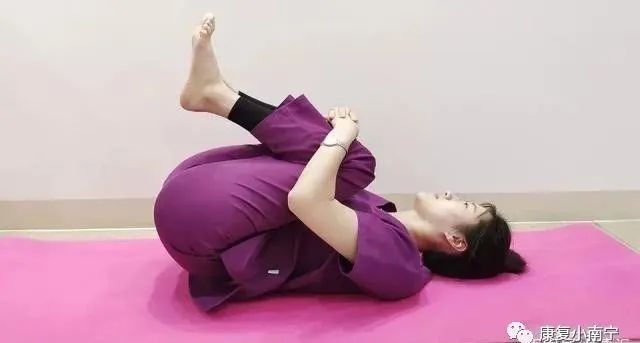
2. Back bridge exercise
Lie down, feet, shoulders, head implanted , Push up your belly, push it to the highest point for 30 seconds, slowly lower it, repeat 5-10 times as a group.
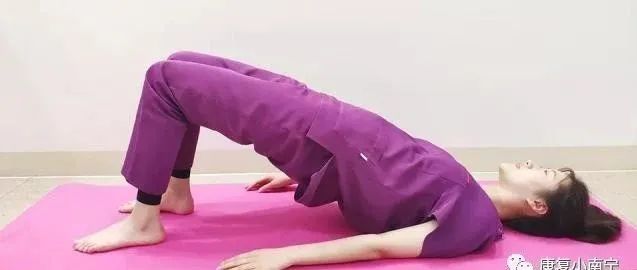
3. Lie down on your stomach
Lie on your stomach, keep your pelvis close to the bed surface, and use your hands lightly. Lift your upper body lightly, keeping your lower back and hips relaxed during the process. Hold this position for 1 second and repeat 10 times.
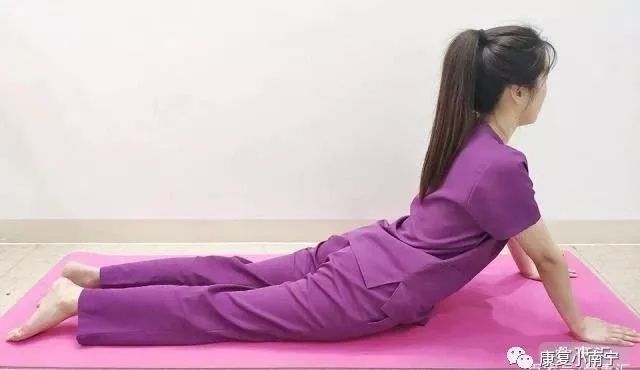
4. Supine Crunches
Supine position, knees flexed, hands crossed in front of chest , gently lift the upper body off the bed surface. Hold for 2 to 4 seconds, then gently flatten to the starting position and repeat 10 times.

5. Lie on your back and raise your legs
Lie on your back, keep your waist close to the bed, and Straighten one leg and slowly raise it by 20 to 30 cm. Hold the elevated position for about 10 seconds, then slowly lower back down, repeating 10 times.
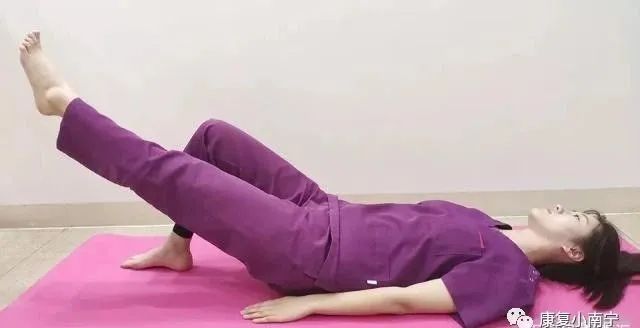
Pay more attention
Avoid overwork
The waist is the center of human movement, and overwork will inevitably lead to injury and low back pain. Therefore, work and rest should be combined in various work or labor. Pay attention to keeping your waist warm and prevent your waist from getting cold.
Prevent from getting wet and cold
Don’t sleep in a damp place. Add clothes at any time according to climate changes, sweat and rain Afterwards, change wet clothes or dry your body in time. In cold weather, you can use an electric blanket or a hot bed for sleeping.
Moderate exercise
It is best to choose moderate-intensity exercise and do what you can. , such as brisk walking, jogging, swimming, excessive exercise intensity may also damage the lumbar spine. Traditional fitness methods such as Tai Chi, Wu Qin Xi, and aerobics are also good choices.
Exercise the lower back muscles
Source: Rehabilitation Xiao Nanning
Disclaimer: The content and pictures in this article are all reprinted content. If copyright issues are involved, please contact us in time, and we will deal with it immediately and take protective measures to protect the interests of both parties. .